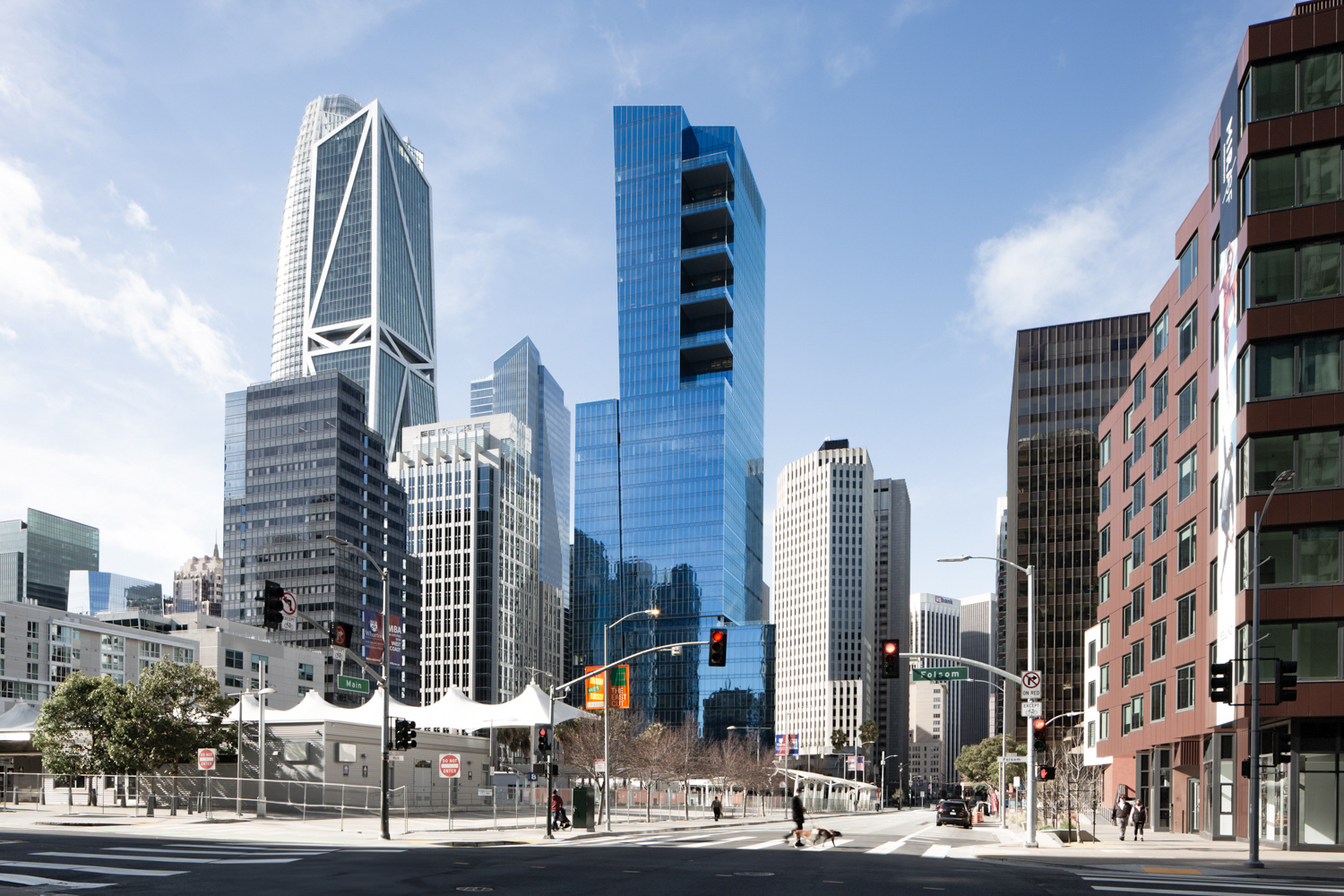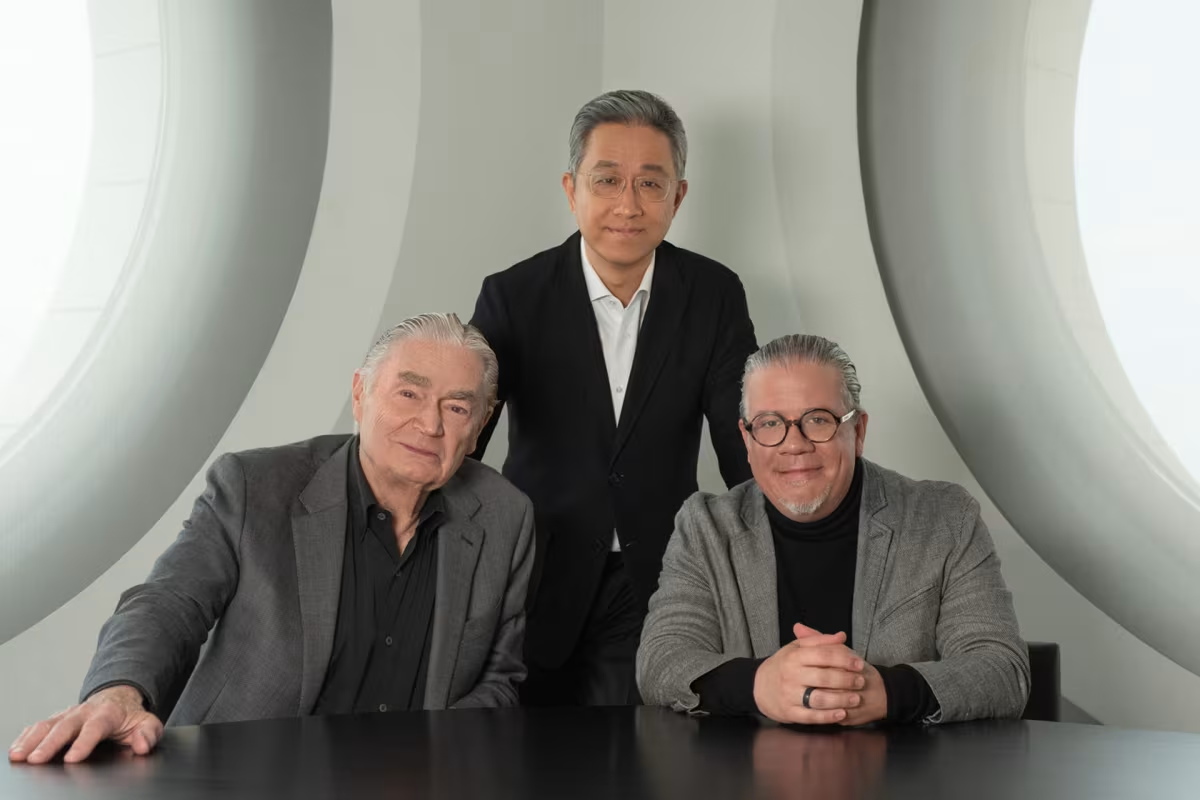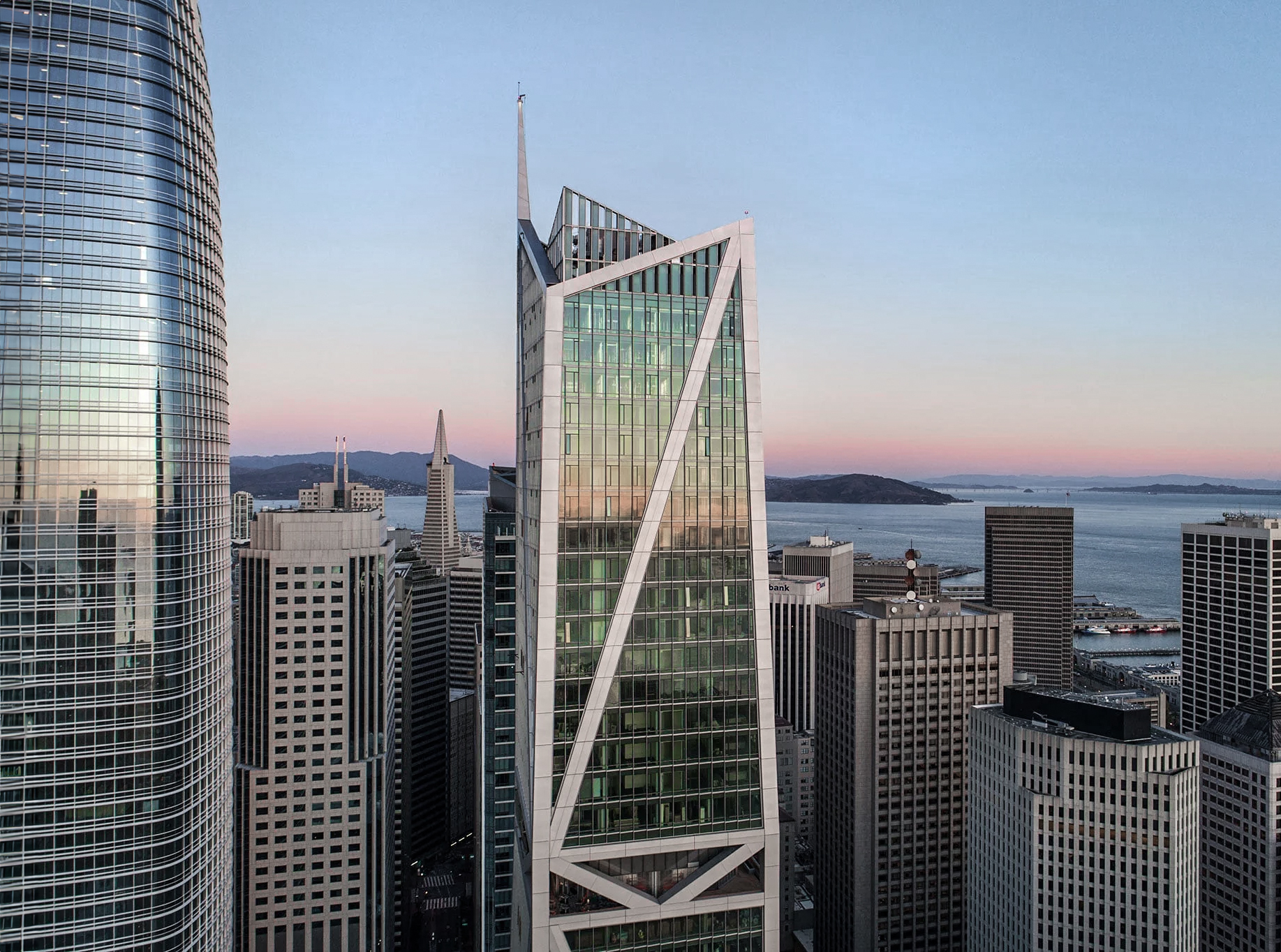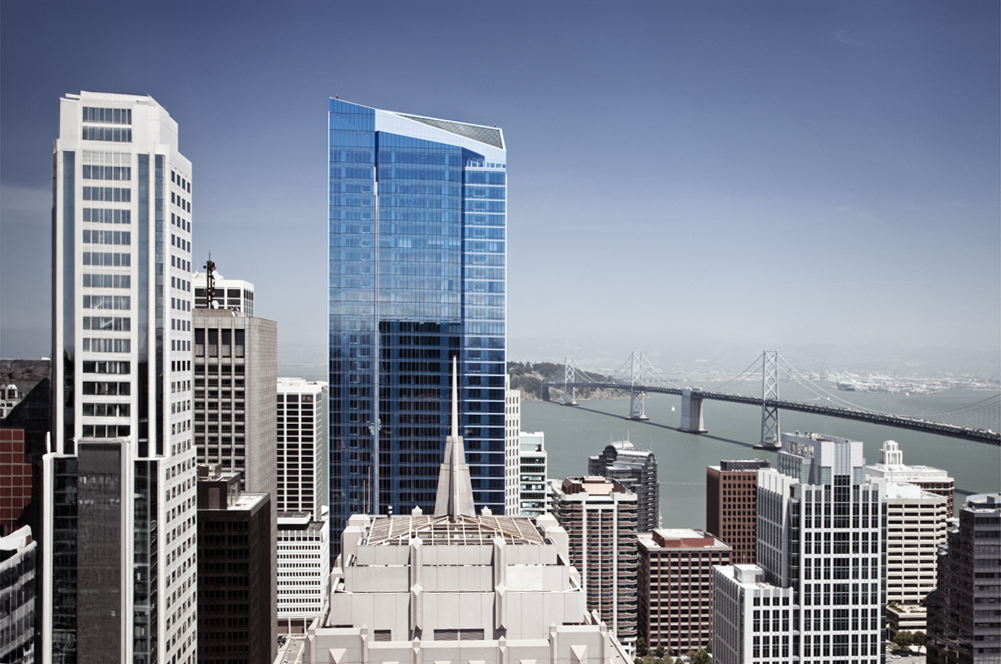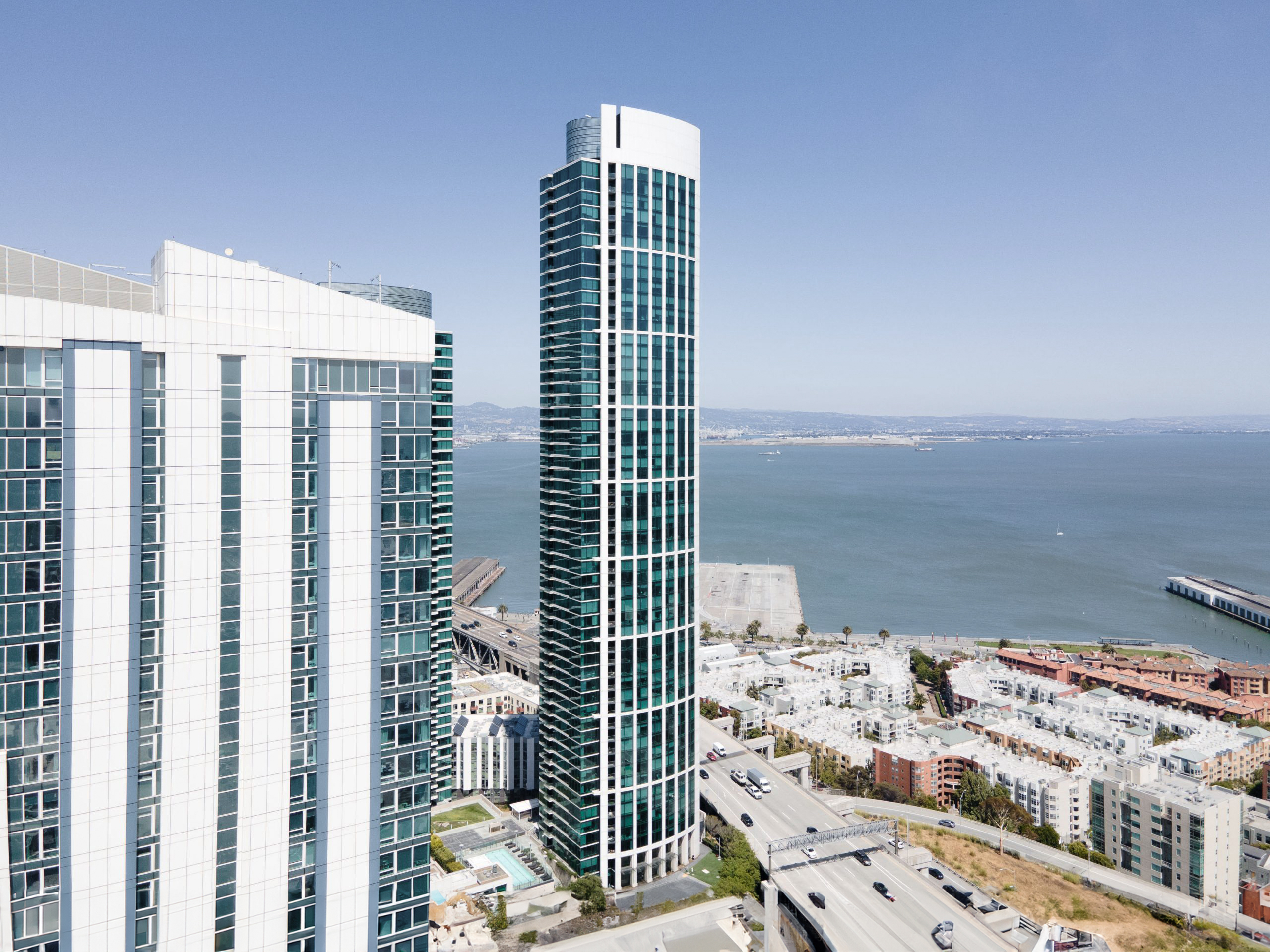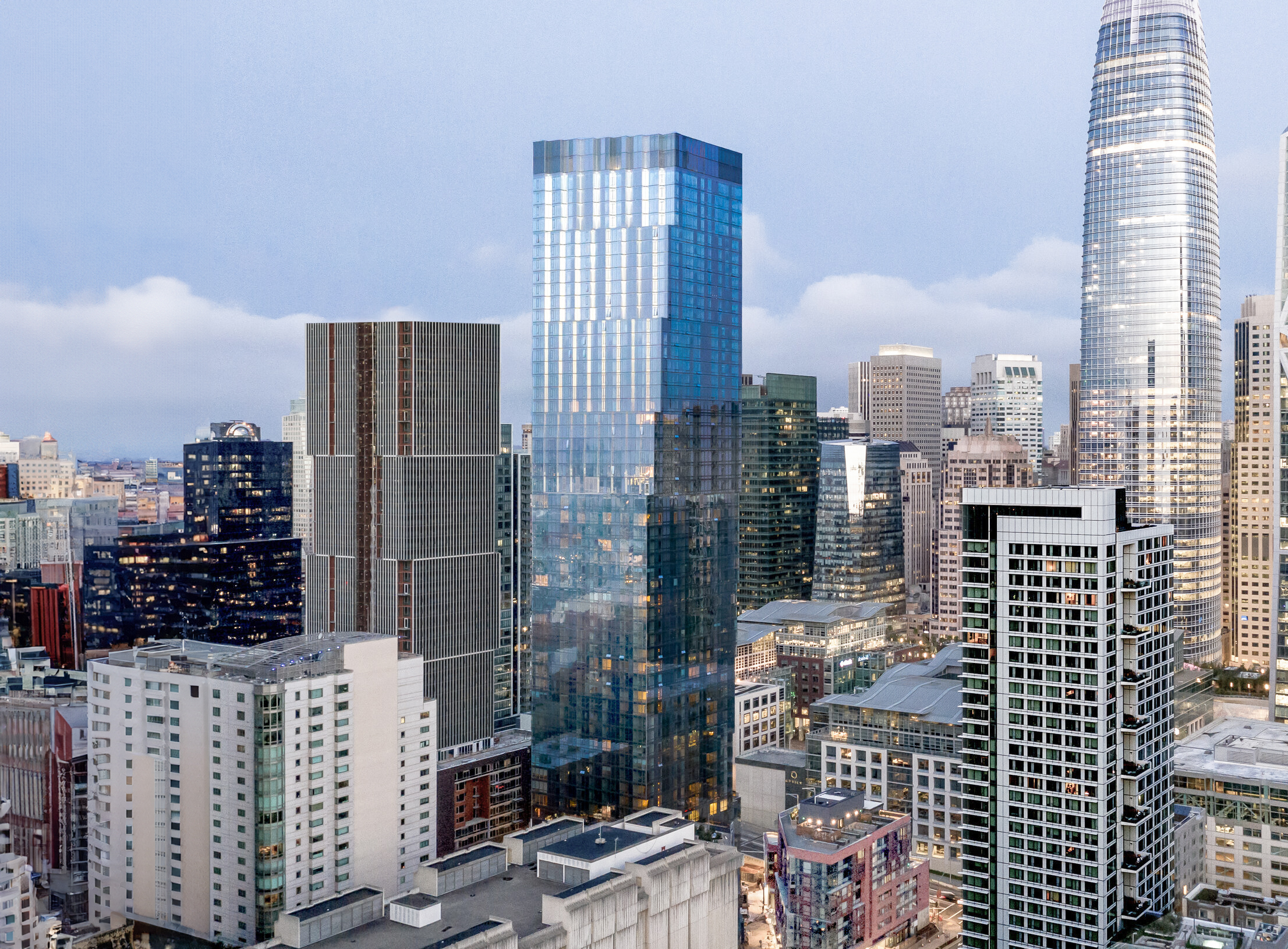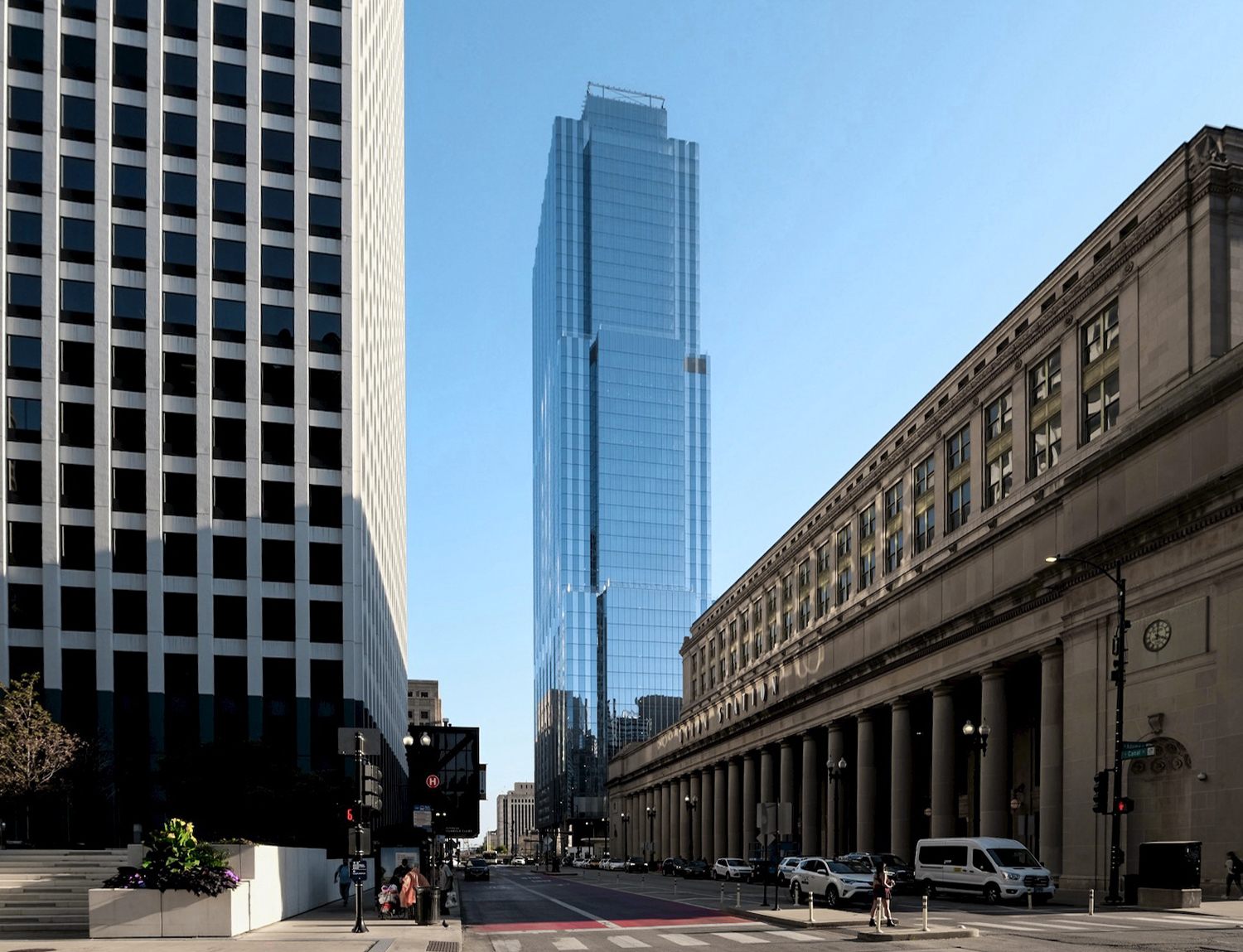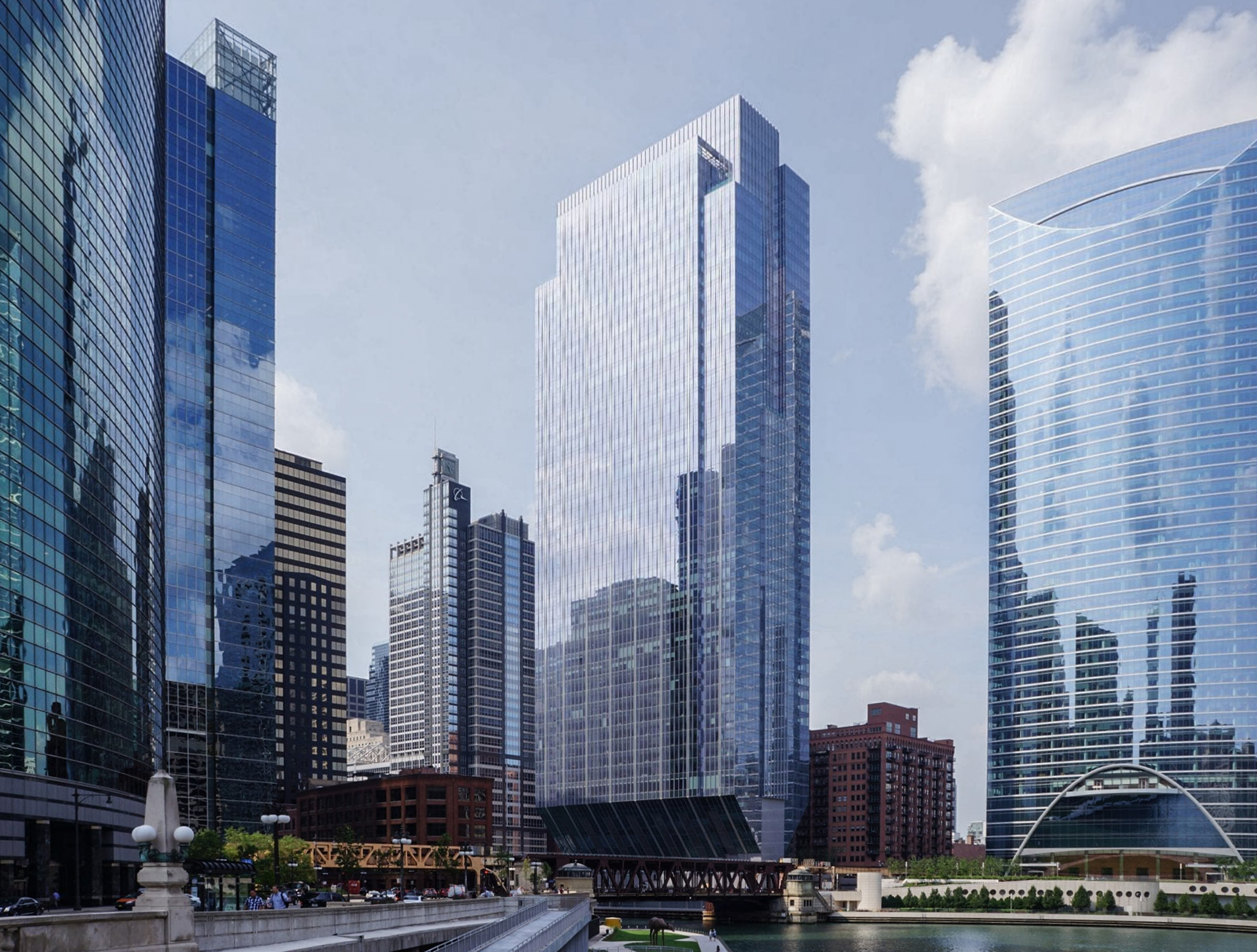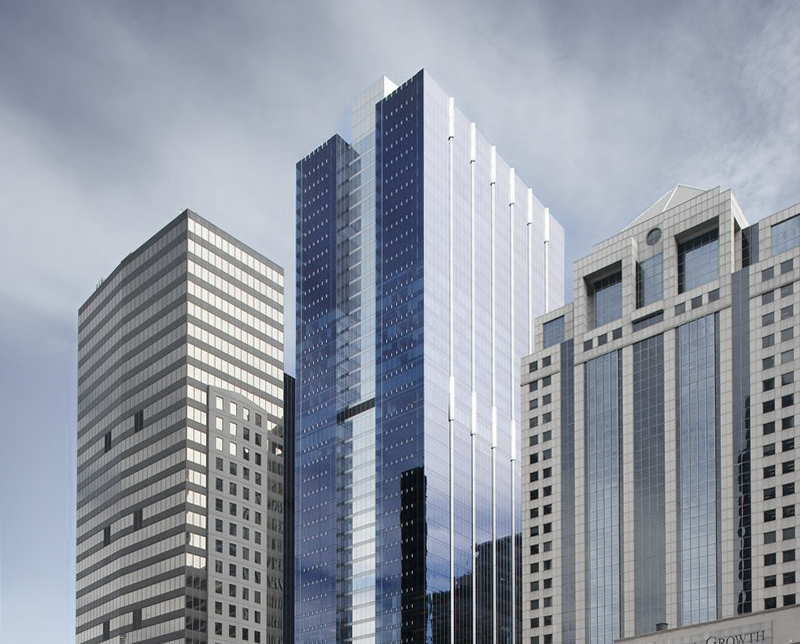The Park Tower at Transbay is a Contemporary skyscraper designed by Goettsch Partners , in association with Solomon Cordwell Buenz, and built between 2015 and 2018 in San Francisco, CA.
Its precise street address is 250 Howard Street, San Francisco, CA. You can also find it on the map here.
